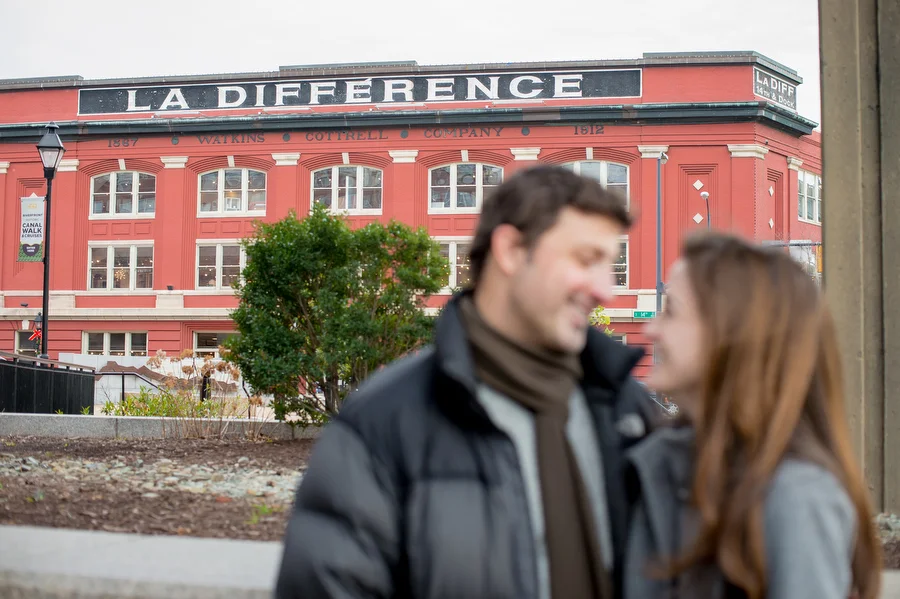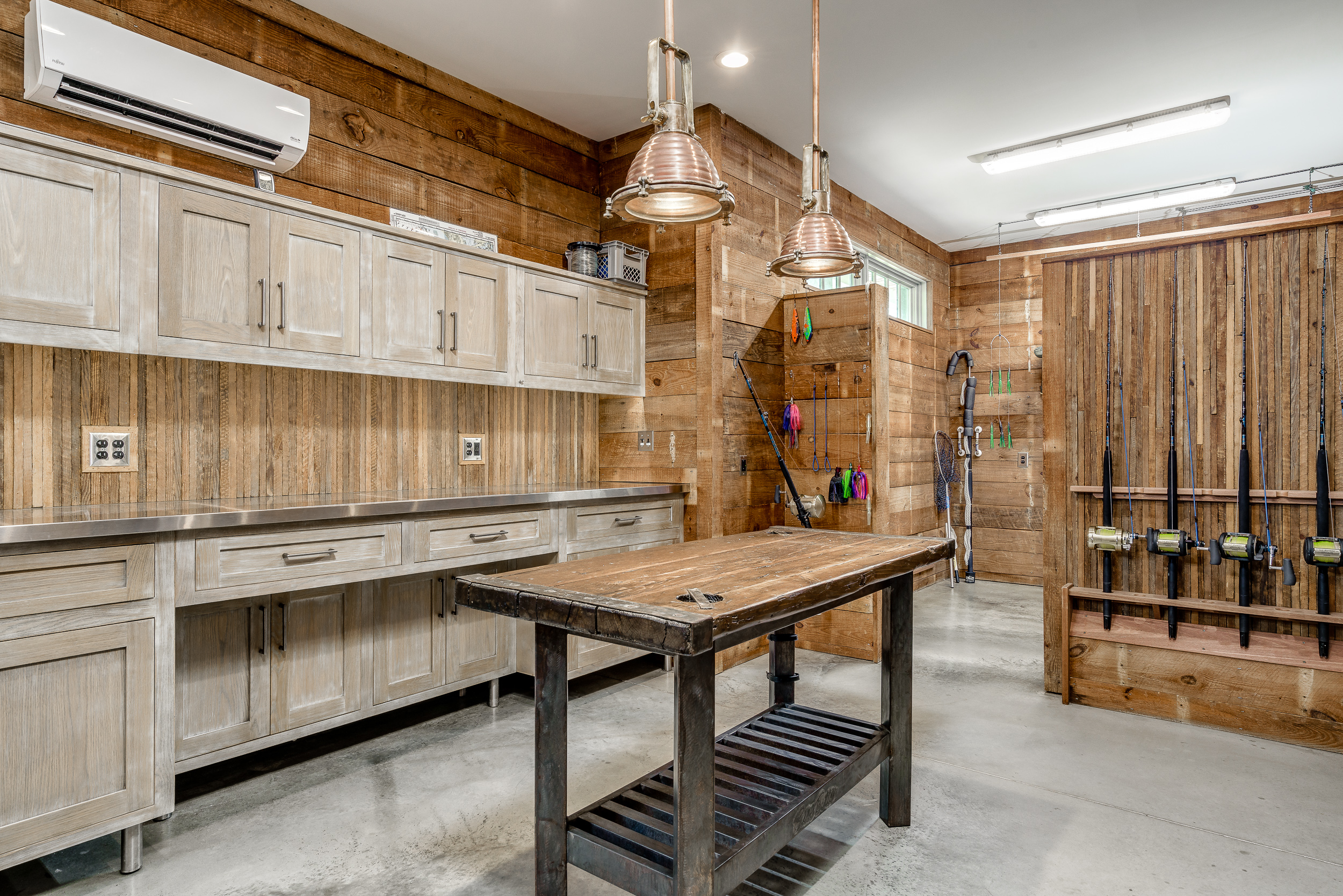2Kings - The Culmination of Two Into One.
The 2Kings story, as its name suggests, really has two very different beginnings. One meanders through the world of finance and banking, the other through the world of history and art. The two intertwine in the field of architecture. Its like the movie "He said, She Said", but if that movie was about architecture and careers instead of relationships and families. Although having just said that it could be very applicable to both.
At its core, 2Kings is the evolution and combined experiences of its two partners, Anna and David King. Each having unique skill sets and backgrounds, they both share a passion for well designed spaces that make people feel at home, whether that space is a residence, a room, an urban park, or a backyard landscape. To both of them good design matters, period. From the knob that you touch, to the roof that you can just barely see, the choices of material, color, scale, depth, shape, weight, and light all impact the way you "feel" about the space. Anyone can design a building, but it takes a combination of skill and ability, learned from both experience and education, to design a truly inspired space. And that space when conceived, must then be crafted with as much care to the vision as the vision itself. To that end, 2Kings both designs + builds, is both art + execution.
The Difference
What makes us different is our ability to bring a high level of architectural design expertise into the construction process, and bring a high level of construction knowledge and budgeting into the architectural process. Traditionally these are separate functions. The architect, who may know a little about construction process and costs, does not have the intimate knowledge about what it takes to actually execute the project in the field from both a monetary and labor perspective. The builder, who may know some pretty details they have used before, does not have the intimate knowledge about architectural design on when and how to apply those details together to serve a greater aesthetic vision. Simply, we do.
The benefit to this is that our projects share a cohesive set of details from start to finish. The vision we craft with our client, for the reasons we craft it, whether that is aesthetic, view oriented, or functionally motivated, is maintained and the finished project reflects it.
Why Eastern North Carolina?
We often get asked the question, "why Eastern North Carolina"? And there are perhaps as many explanations to that as to why we chose architecture. Initially it was about being close to the coast for personal and professional reasons, but after having twin girls, it is in part to the way we can run a small business and have a family at the same time.
During graduate school, our thesis work sought to understand how architecture could play more of a role in guiding coastal development to proactively mitigate the effects of massive storms and environmental change. We wanted to understand how architecture could assist local governments in their ability to prepare and respond to major coastal events, such as surge, flooding, and sea level rise. Our belief is that our cousins in engineering answer technical questions of how to protect from events, but seldom consider other factors beyond the immediate solution to the problem. That makes getting people excited about approving and funding solutions very difficult. Architects have the ability to graphically provide a vision that is compelling and evocative, while also understanding the human aspects of interaction and space which oftentimes leads to a more robust and holistic solution to a problem. We thought the best way to understand how architects could coordinate and cooperate at this level was to understand the unique sets of challenges that it takes to design, build, and navigate the political and financial obstacles that are unique in that environment.
This approach to architectural engagement has born itself out in community related projects such as Harborside Park in Beaufort, NC and the NC Seafood Fest in Morehead City, NC. While neither of these is specifically related to mitigating adverse weather events, both were community and urban projects in which an architect would not normally have been involved. The solutions to each of these projects would have been radically different without a design professional. These are the types of projects that we came to Eastern North Carolina to be a part of.








